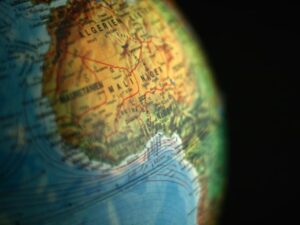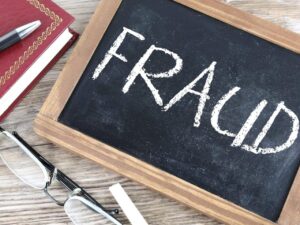Off the grid living has never been more attractive, and every time I hear the words ‘load shedding’ I imagine the satisfaction that must come with knowing your power supply is sorted.
Kitting your house out with solar panels can be quite pricey (estimates range between R150 000 and R350 000), and for farms and larger projects, those costs rise considerably.
Here’s the thing – that’s not what is stopping many of them from taking off, though, because you can chalk that up to the ever-present red tape and political wrangling.
Fin24 reports that many large-scale applications are sitting on a desk somewhere waiting to be signed off, but they’re now gathering dust amidst the usual bickering and incompetence:
Davin Chown, chair of the SA Photovoltaic Industry Association (Sapvia), said at the heart of the matter was a lack of agreement between Nersa and the Department of Energy on the process for authorising small-scale embedded electricity generation (SSEG).
“It’s hampering all applications. I know there are more than 1000MW of projects sitting on Nersa’s desk. There is nothing stopping you registering your project with Nersa, although it takes a long time and is expensive, but the real issue is when you get all that done, you still need a ministerial determination. The minister has got to say: ‘Yes, this can go ahead’. Then you need a generating licence, and not all the authorities have agreed on this licensing process, so you can’t get through all the hoops. That is the big hold-up,” Chown said.
Chown said “political wrangling” between the authorities was a significant impediment. Energy Minister Jeff Radebe needed to step in.
If authorities had managed to get their arses into gear, Eskom would have been afforded a substantial buffer against load shedding. Chown says that the need for Stage 1 load shedding would have been eradicated altogether.
AgriSA says there are currently more than 500 applications for farmers wanting to generate solar power, but because of the backlog, only 13 are up and running, and not a single registration has been processed for more than a year:
Nicol Jansen, the organisation’s chair of economics and trade, said it took three and a half years to get one application through the system.
“If we take all the applications for plants that we know of, that could generate 1400MW of power which could prevent Stage 1 of Eskom’s load-shedding. It would also help Eskom because it is running those open gas cycle turbines 24/7 to stop load shedding and the cost of that diesel is enormous. It would also help farmers who have seen electricity go up from 25c a unit in 2008 to just over R1 in 2019 – that is a 380% increase,” Jansen said.
Having taken the costs of getting the projects up and running on board themselves, those farmers were then shocked to find that Eskom had no billing system in place to register credits for those feeding electricity into the grid.
There may be a smidge of hope at the end of the tunnel, though, with AgriSA managing to meet with Public Enterprises Minister Pravin Gordhan last week:
Jansen said Gordhan had been “sympathetic” and said he would look into the matter.
“But it is the election in a few weeks and who knows if he will still be minister in the new government? And if there is someone new, we go back to square one. And all this time there is load-shedding because Eskom does not have enough electricity.”
It’s bad enough when the lights go out and you’re forced to converse with other people in the house, but spare a thought for the farmers who have coughed up millions, only to be throttled by bureaucratic red tape.
[source:fin24]





